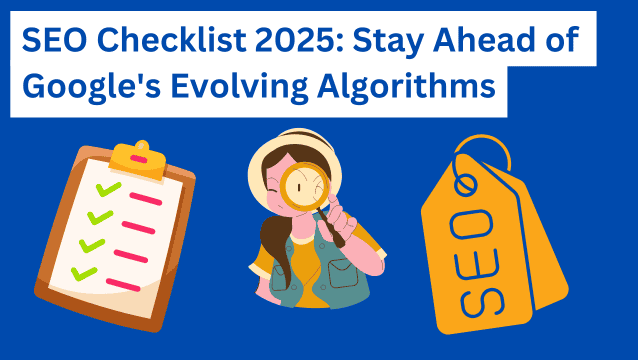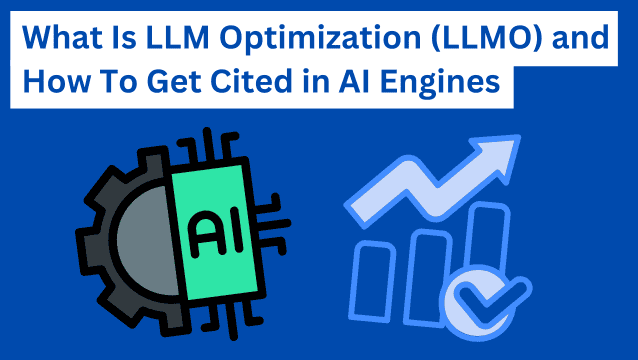Google refreshed its Generative AI Prohibited Use Policy to confirm its correct use, including prohibited activities. The tech giant said exceptions would sometimes apply under certain circumstances.
Google refreshes Generative AI allowable uses
Google has shared its updated Generative AI Prohibited Use Policy, which clarifies the allowable uses of its Generative AI products.
The updated policy does not include new rules but provides a clear overview of what the company deems allowable and contains examples of what Google says is unacceptable.
Google said it updated the policy to simplify the language and list prohibited behaviors in an easier-to-understand way.
Google wrote the following about the update on its KeyWord Blog:
- “Today, we’re refreshing Google’s Generative AI Prohibited Use Policy — the rules of the road that help people use the generative AI tools found in our products and services appropriately.
This update does not introduce any new policies nor change how we enforce them. But we’re simplifying the language and categorizing prohibited behaviors in a way that makes more sense — including clear examples of conduct that is not acceptable.”
Updated rules, no new restrictions
The new Generative AI Prohibited Use Policy includes updates to existing rules without adding any new restrictions.
Google’s use of simplified language now clearly bans using its AI tools to produce or share explicit or intimate non-consensual content and content that breaches its security laws through malware or phishing.
Google says in the update:
- “Generative AI models can help you explore, learn, and create. We expect you to engage with them in a responsible, legal, and safe manner.”
Prohibited uses of Generative AI
The updated policy prohibits activities such as illegal, violent, dangerous, hateful, sexually explicit, and unethical activities and those that facilitate self-harm. Violent terrorism, extremism, tracking or monitoring people without consent. And content related to child exploitation, sexual abuse, and any that facilitates misleading claims relative to finance, health, and government services.
The prohibited activities fall under the following four categories:
- Dangerous or illegal activities that violate laws or regulations.
- Content that compromises Google’s services or the security of others.
- Sexually explicit, hateful, violent, or harmful content.
- Misinformation, deceptive, or misleading activities.
Allowable beneficial exceptions
Google’s old policy contained three sections of prohibited activities, whereas the updated policy has four. Another significant change is the addition of what Google calls “exceptions to these policies.”
Exceptions include documentary, educational, artistic, or scientific considerations and “where harms are outweighed by substantial benefits to the public.”
Why Google made the update
The tech giant says its Generative AI models can help people learn, explore, and create, but it expects them to do so in a responsible, safe, and legal way.
Although the updated policy contains nothing new, and other tech firms like Open AI and Microsoft have already implemented similar usage rules, the new policies’ simplified language leaves no room for confusion. You can review the new Generative AI Prohibited Use Policy on Google’s privacy and terms page.


